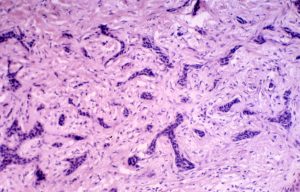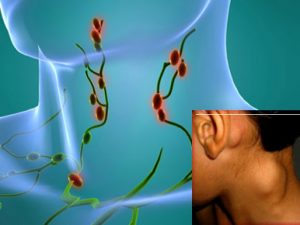A holiday for the whole country or a family meal – it’s hard to resist not trying everything! Often, an abundance of different foods does not affect the digestive system in the best way. What to do?
Often, after a festive feast, the stomach hurts, stabs in the side, and the intestines go wrong. In principle, we all know roughly what to do with it. For constipation, drink more water, eat more vegetables and boiled beets for a couple of days. For diarrhea – sit on boiled rice or oatmeal jelly, taking over-the-counter products such as activated charcoal, enterosgel, or smecta. For mild abdominal pains, we take over-the-counter medications. Severe or persistent abdominal pain is a reason to see a doctor.
If there is a feeling of fullness in the stomach – for a couple of days we eat simple food without frills – oatmeal, rice porridge, mashed potatoes, broth from turkey breast fillets. Everything seems to be logical: once you have overeat, overloaded the gastrointestinal tract, you need to unload.
When the usual techniques do not help …
What if, despite the measures taken, discomfort, recurrent pain and other frightening phenomena do not go away? You can’t do without a visit to a therapist or gastroenterologist! Overeating can cause gastritis (inflammation of the stomach), gastroduodenitis (inflammation of the stomach and duodenum), enteritis or colitis (inflammation of the small or large intestine). The risk of exacerbation is especially high if you already have chronic gastritis or duodenitis.
The most dangerous disease associated with the gastrointestinal tract is pancreatitis – an acute inflammation of the pancreas. In the case of the development of acute pancreatitis, hospitalization is required, the treatment can be long.
To make a diagnosis and choose a treatment, the doctor will have to do some tests, perhaps an ultrasound of the abdominal cavity. Most lab tests are done in 1-2 business days. In order not to waste time, you can get tested even before the appointment with the doctor.
Where to begin?
The most dangerous thing should be excluded – inflammation of the pancreas. Two laboratory tests serve as markers for pancreatic dysfunction:
Pancreatic amylase is an enzyme that digests carbohydrates from food. Its blood level becomes higher than normal most often as a result of acute pancreatitis or with exacerbation of chronic pancreatitis. Therefore, the test is prescribed when there is a suspicion of inflammation and damage to the cells of the pancreas.
Lipase is an enzyme in the pancreas that is responsible for the breakdown of fats. As a rule, this analysis is prescribed in conjunction with a test for pancreatic amylase: an increase in both parameters can be a sign of acute pancreatitis.
And if indigestion?
Eat – and the stomach swells, rages, pains and diarrhea begin …
In medicine, this is called “digestive disorders”, the cause may be insufficient production of enzymes. pancreas.
The Pancreatic Elastase 1 test in feces will show whether the pancreas secretes enough digestive enzymes. For him, you need to collect the material yourself in a sterile plastic container, which is sold in any pharmacy. The main thing is a little (up to 1/3 of the container volume) and from different parts of the feces collected for analysis.
Many-sided gastritis
Overeating can exacerbate gastritis. As a rule, its root cause is the bacterium Helicobacter Pylori. Therefore, for a full diagnosis of Helicobacter pylori gastritis, it is worth doing one of two laboratory tests.
The Helicobacter pylori Antibodies, IgG https://en.wikipedia.org/wiki/Immunoglobulin_G test will show if the bacteria is present in the body. You can get it from dirty hands and poorly washed dishes. The source of infection is a sick person, and about 50% of people in the world are carriers of Helicobacter. Antibodies – the protective proteins of the immune system – appear in the blood 3-4 weeks after infection. For the test, donate blood in the morning on an empty stomach or 3 hours after a small snack.
The 13C urease breath test is a non-invasive, quick and inexpensive way to tell if you have H. pylori. It is needed if you have already been diagnosed with this bacterium and you have been prescribed treatment for gastritis with antibiotics. It will be necessary to exhale the air several times into sealed sterile bags. At first, simply, then after drinking 100 ml of citrus or apple juice (bring the juice with you). The test is carried out in the morning on an empty stomach or 6 hours after eating and takes 45-50 minutes.
Do not self-medicate, get tested and contact your gastroenterologist on time! This will minimize the harmful effects of overeating.



